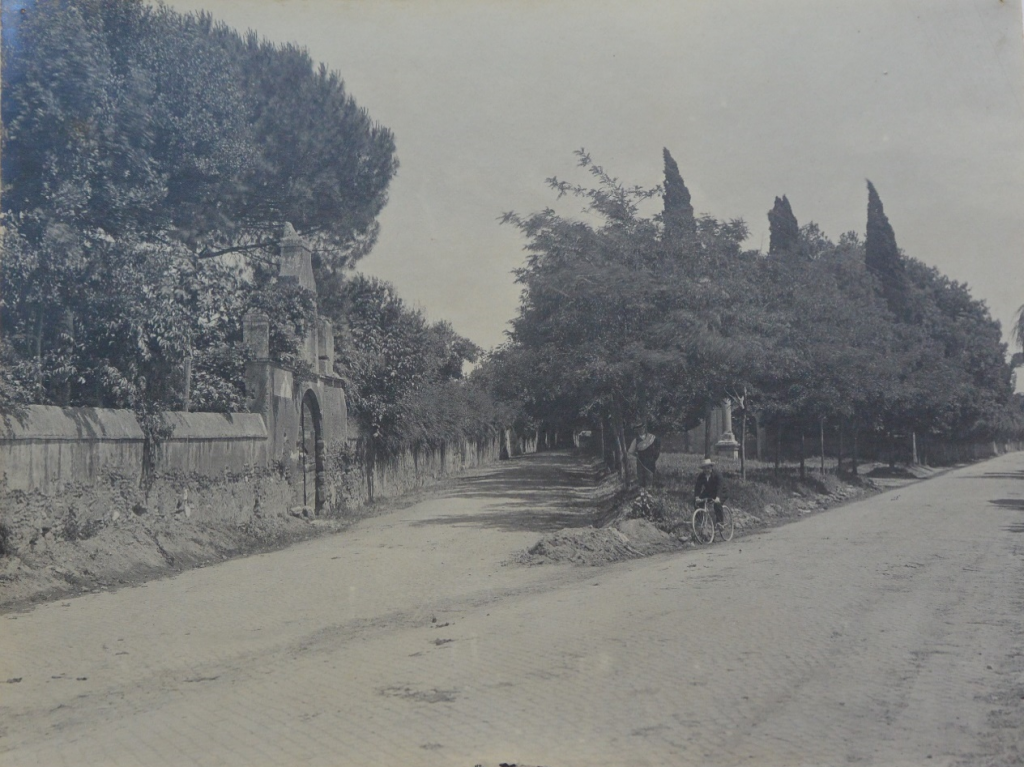Building the capital city: Maria Ponti Pasolini, the Passeggiata Archeologica and the planning of Rome (1887-1917)
Maria Grazia Turco

Abstract
This contribution focuses on what was an topical subject in Rome in the first half of the twentieth century: urban green areas and their relationship with monuments. Interest in this topic was probably inspired by the traditional approach popular in nineteenth-century England, one which several members of the Roman cultural elite who studied vegetation and gardens (Giacomo Boni and Maria Ponti Pasolini) had become acquainted with thanks to the close ties they had established with English professionals. Since the unification of Italy, Rome had raised the issue of the inseparable relationship that city ruins had with vegetation; in fact, the 1873 master plan already contained guidelines regarding the layout of urban gardens, preferably using an English style. These guidelines played a crucial role in city planning and in creating unique areas, such as the Passeggiata Archeologica (the Archaeological Park, also known as the Zona Monumentale). The paper will focus on these developments and on the work of the people involved in these projects such as, Giacomo Boni, Maria Ponti Pasolini and Gustavo Giovannoni, all members of the Artistic Association of Architectural Connoisseurs – the AACAR founded in Rome in 1890, in order to follow the urban development of Italy’s capital city.
Turco, M.G. “Building the capital city: Maria Ponti Pasolini, the Passeggiata Archeologica and the planning of Rome (1887-1917).” Planning Perspectives 37, no. 3 (2022): 497-527. Published online:27 Mar 2022. https://doi.org/10.1080/02665433.2022.2045623


